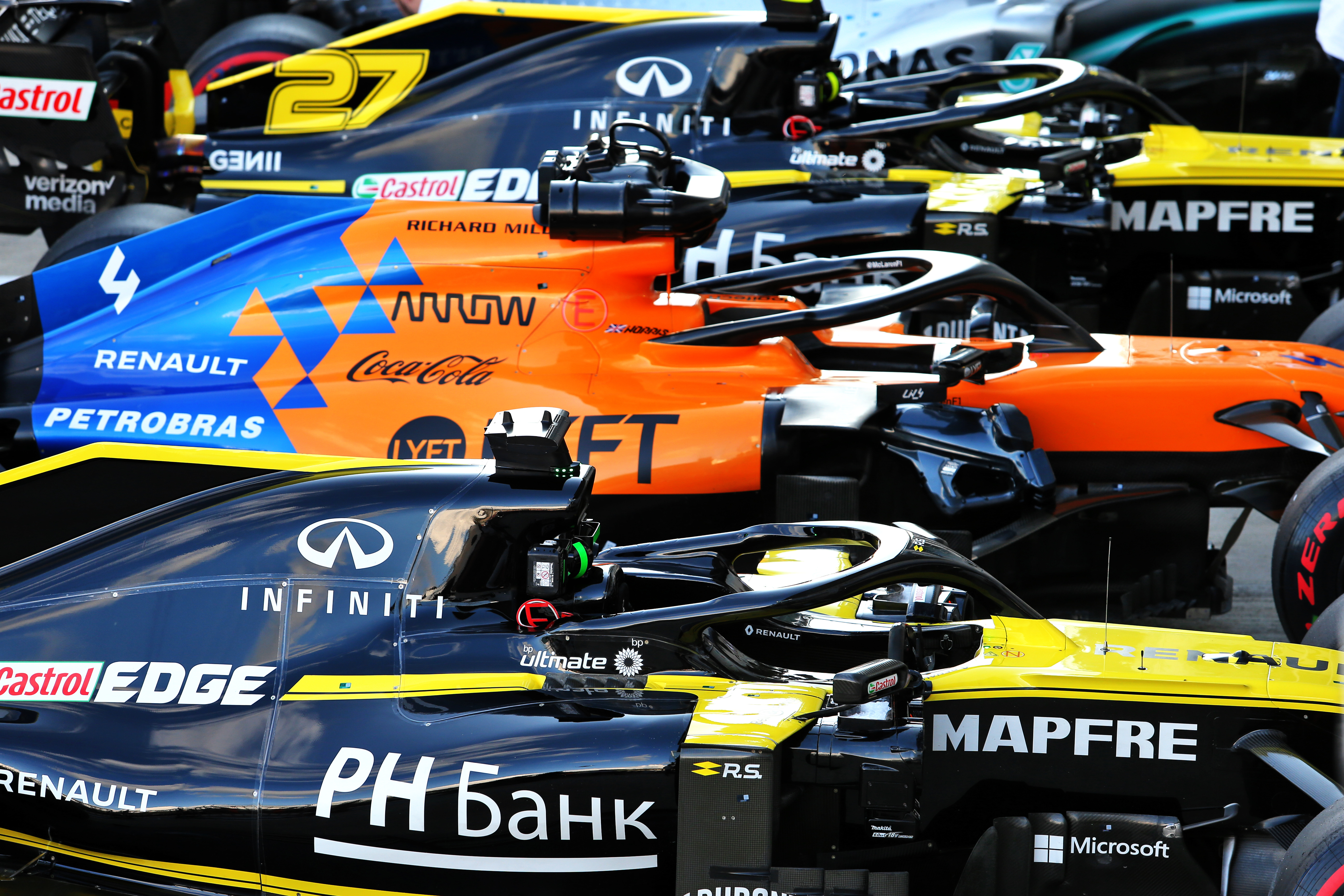Renault’s 2019 Formula 1 car the R.S.19 fell well short of meeting the team’s ambitions – which were fuelled by a £15million upgrade on the facilities at its Enstone factory – and furthermore proved frustratingly immune to development.
Team boss Cyril Abiteboul made no bones about the fact that an ineffective mid-season aerodynamic development package on the car played its part in the changes made to the senior technical staff for this year.
Nico Hulkenberg commented that the McLaren appeared to retain a much more consistent balance through a corner than his Renault
Largely thanks to a much more competitive engine than in 2018, the R.S.19’s qualifying deficit to the fastest car (the Mercedes W10), at 1.224s, was less than its predecessors. However, the team dropped a place in the constructors’ championship, overhauled by its own engine customer McLaren.
The Renault-powered McLaren MCL34 qualified an average of a couple of tenths quicker than the R.S.19 – and took the unofficial ‘Class B’ pole on nine occasions (including six of the last seven) compared to just four times for the Renault.

Upon watching in-car footage of a McLaren, Nico Hulkenberg commented that it appeared to retain a much more consistent balance through a corner than his Renault.
That encapsulated how the R.S.19’s aerodynamic shortfall played out: it could not retain consistent rear downforce through longer corners.
Such a trait made it very difficult for Hulkenberg and Daniel Ricciardo to confidently carry high entry speeds into such corners and made for set-up compromises.
Dialing in the understeer required to retain acceptable stability in long-duration fast corners lost it time lap time in the other parts of the track.
But more than that, the car was simply light in overall downforce. This was spelt out quite clearly by the tracks on which it was at its most competitive: Monza, Spa and Montreal, low downforce venues all.
These atypical circuits do not punish a lack of downforce as severely as others – and more heavily reward the lower drag associated with a lack of downforce.

The team subsequently came to believe the shortfall was rooted in the very concept of the car, specifically its front wing and a shorter-than-ideal distance between front axle and sidepods.
With the outer part of the front wing relatively unloaded (ie more like Ferrari than Mercedes) to help compensate for the ’19 regulation endplate simplification in generating a good outwash around the front wheels, there was a relative lack of direct front wing downforce.
That outwash flow then had insufficient distance to properly integrate with the y250 vortices around the sidepod – and hence the car did not have a robust outwash flow down its whole length.
When the outwash cannot be kept away from the car, it interferes with the bodyside and underfloor airflow and tends to rob the car of rear downforce.
Hence the big mid-season Paul Ricard update featuring a more aerodynamically aggressive rear end proved ineffective – as the root problem remained.
That at least was the late-season understanding of the team. So a car with an inbuilt aerodynamic flaw and an update that failed to address that led Abiteboul to make the personnel changes that he did.

